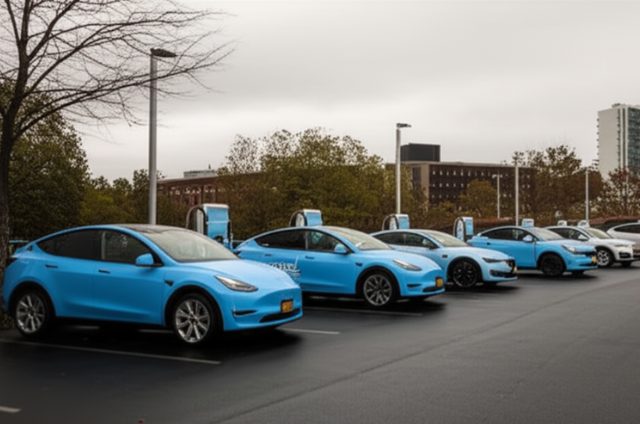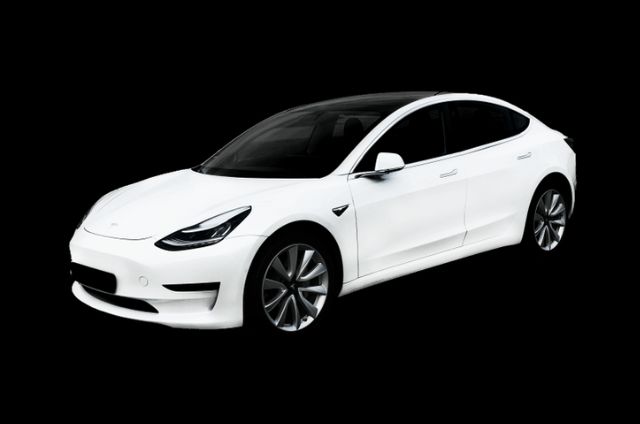From Mopeds to Model Ys
Revel’s journey has been anything but ordinary.
The Brooklyn-based startup launched in 2018 with its signature bright-blue electric mopeds, quickly becoming a familiar sight in New York City.
Two years later, it made a bold leap into rideshare. The mopeds gave way to a fleet of all-electric Teslas, each painted in Revel’s unmistakable baby-blue. The service expanded across New York and into parts of New Jersey, giving riders an eco-friendly alternative to gas-powered trips.
Why Rideshare Didn’t Work
CEO Frank Reig says the decision to exit rideshare wasn’t easy.
“It’s a very competitive market and asset-heavy,” he told Bloomberg. Margins are razor-thin, and competing against giants like Uber and Lyft leaves little room for smaller challengers.
Reig believes the smartest way forward is to focus on something the market truly needs—fast, reliable EV charging in dense urban areas.
Selling the Fleet
Revel will sell 165 for-hire vehicle license plates along with its fleet of Tesla and Kia electric cars. The proceeds will help finance the company’s charging expansion.
Charging Ahead
The shift to charging isn’t theoretical—Revel has already opened multiple high-speed charging hubs in New York City and California. These are large-scale facilities designed for heavy use, not just single-stall chargers tucked into parking lots.
By the end of next year, Revel aims to open hundreds more hubs, targeting areas where EV ownership is growing but home charging isn’t an option.
The Bigger Picture
This isn’t the company’s first pivot—it has already transformed from mopeds to rideshare. Now, it’s betting that charging infrastructure will power its next chapter.
The EV revolution needs more than just cars. Without convenient places to charge, adoption stalls. Revel’s strategy could help close that gap, especially in big cities.
Soon, the neon-blue Teslas will disappear. In their place, rows of glowing fast chargers may define the next phase of Revel’s story.



